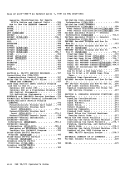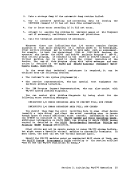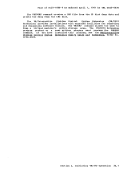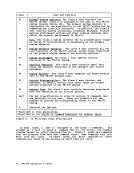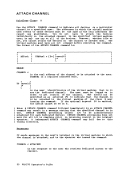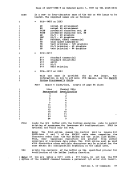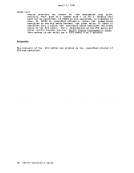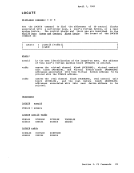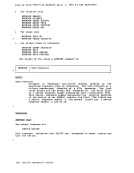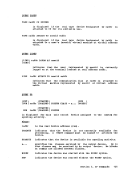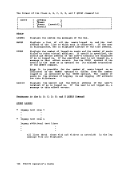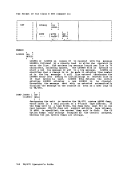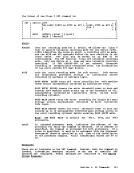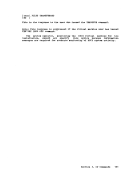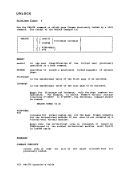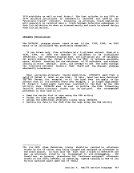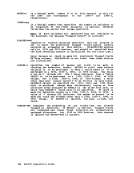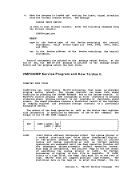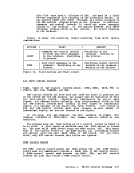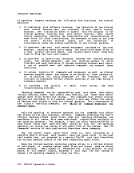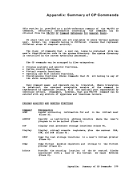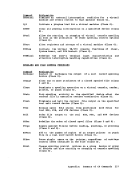The output class for a file is assigned at the time of the file's
creation and is the class that is associated with the virtual device
that created it.When a user logs on to the syste., the class
associated with the device is the one defined in his user directory
entry for that device; however, hemay alter this class at any time with
theSPOOL co •• and. After files are closed and are awaiting output,
their class can be altered with theCHARGE com.and either by the file's
owner orby the spooling operator. The spooling operator can alter the standard assign.ents of output classes of a real output device with the START co •• and.
Output priorities can also be rearrangedby altering the hold status
of a file. Thesystem operator can hold or release the files of
specific users, all files of a given type, or all files in thesystem. Through judicious coabination of the class and hold functions, the
operator can exercise flexible control of the spooling functions. Be
can use the class function to direct output to specific printerscontaining special toras or special print train arrangements, and to
force a specific priority sche.e. The hold function can ensure the
i•• ediate processing of high priority output files, while allowing high
volu.e orlow priority jobs to be deferred for output until periods of
lovsystem usage. SPOOLIBG COBBINDS The co •• ands shown in Figure 13 control VB/370 sFooling operations. User Classification Com.and General User Spooling Operator BACKSPAC X CHINGB X X CLOSE X DRAIR X FLUSH X FRBB X HOLD X LOADBUF X ORDBR X X PURGB X X REPEAT v A SPACE X SPOOL X START X TAG X TRANSFER X X Figure Spooling Commands This list represents all the CP com.ands that pertain to spooling
operations.Users having privilege classes D (the spooling operator) •• ands. Users with only the
G privilege class cannot invoke class D commands.
214VB/370 Operator's Guide
creation and is the class that is associated with the virtual device
that created it.
associated with the device is the one defined in his user directory
entry for that device; however, he
the
their class can be altered with the
owner or
Output priorities can also be rearranged
of a file. The
specific users, all files of a given type, or all files in the
operator can exercise flexible control of the spooling functions. Be
can use the class function to direct output to specific printers
force a specific priority sche.e. The hold function can ensure the
i
volu.e or
lov
operations.
G privilege class cannot invoke class D commands.
214









